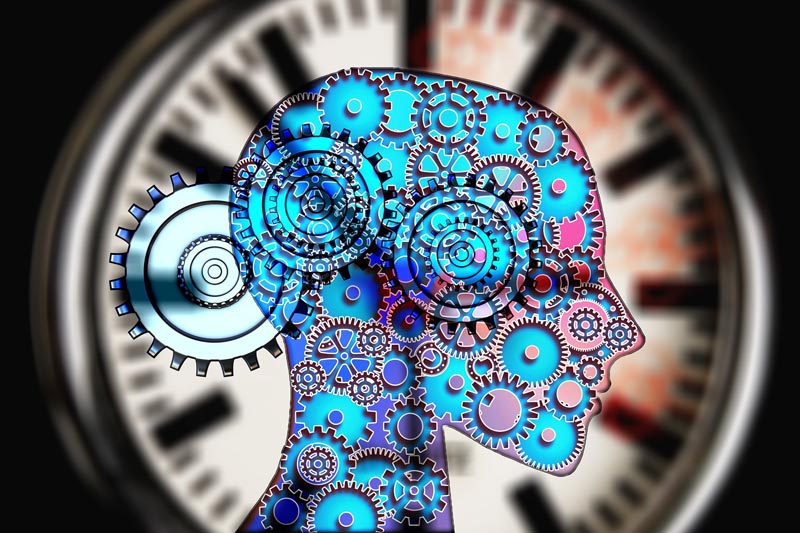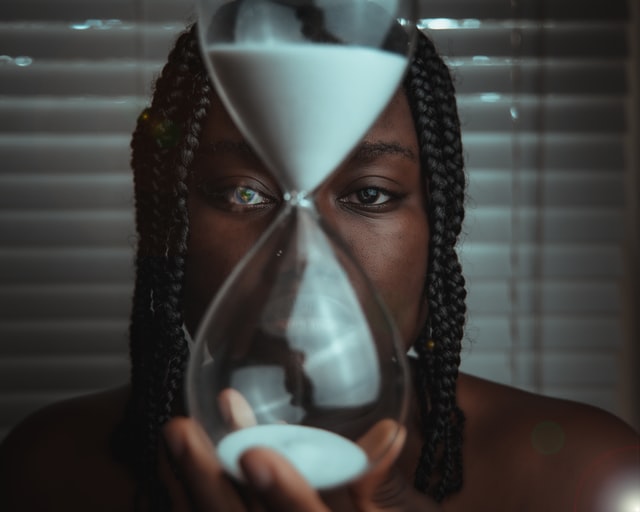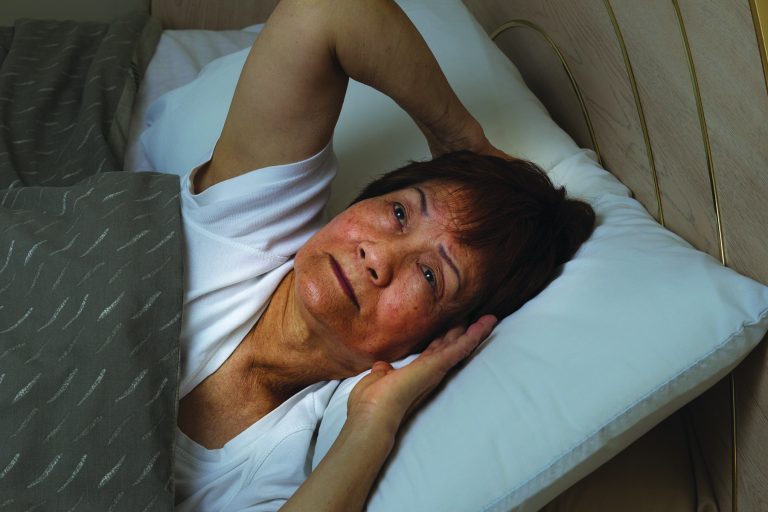Since the invention of the clock, time has been synchronized with solar time, that is, noon is when the sun is highest in the sky; thus, there are as many hours of sunshine before noon as after. The practice of changing the hour, introduced 100 years ago, in particular in North America, consists of moving our clocks forward one hour in spring (early March) in order to move the period of sunshine one hour later at the end of the day. This is called “daylight saving time”. This does not affect the total duration of the daily light period, but the sun then rises an hour later according to our clock and sets an hour later. This practice allows activities (work and recreation) based on daylight, to be extended into the evening. In the fall, the total duration of daily light gradually decreases until around December 21 and requires a return to normal time, otherwise, the daylight would start too late in the morning so that we would arrive, for example, at school or at work in the dark.

But why are we changing the time?
In the beginning, the objective was economic: more sunshine at the end of the day during working hours reduced the consumption of coal, candles and, above all, electricity. After the First World War, Canada, the United States and several other countries in the northern hemisphere decided to nationally legislate the change of time but left the final decision to the provinces. Thus, Saskatchewan remains at normal year-round standard time.
And the science in all of this?
Researchers’ interest in daylight saving time has increased as our understanding of its effects on the brain and sleep has grown.
Several countries, including most European ones, and parts of Canada are reassessing the advantages and disadvantages of this practice. Most polls confirm that the general public wants the time change to be abolished. However, there is disagreement on which time to adopt permanently: standard time or daylight saving time. More and more studies are highlighting the pros and cons of each and the Canadian Sleep Society is currently conducting a detailed analysis of scientific publications on the subject in order to formulate recommendations on what would be preferable for the sleep of Canadians.

Time change and the brain: the importance of being in sync!
To understand how a change of just one hour is likely to be disruptive, it is important to realize that our brains regulate bodily behaviours and functions every minute.

Did you know that parts of our brain act as our biological clocks?
Our internal clocks allow our brain to maintain synchronization between our bodily functions and our behaviours, to put them in sync with the day-night cycle which ensures that we function well during the day and sleep well at night. This clock is naturally punctuated and resets according to our exposure to sunlight. In other words, the body clock is an intelligent mechanism with its own rhythm, which is also able to react to external stimuli such as natural light. All of this has repercussions on what time we fall asleep!
There is another mechanism in the brain called sleep pressure.
Sleep pressure strongly influences our behaviour because it determines the balance between sleep and wakefulness. This restorative mechanism balances the phases of sleep and wakefulness by warning our brain when it needs to rest: the more we stay awake, the more the pressure to sleep increases.


Being in sync is essential!
Being in sync with our body clock and the day-night cycle is essential for staying active and healthy. Being in sync means listening to our innate rhythms from our biological clocks and from our sleep pressure while keeping these innate mechanisms reliable and in tune with signals from the environment, primarily sunlight and darkness.
Get to know your innate rhythms.
Knowing the innate rhythms of our brain allows us to understand why changing the local time and thus altering our exposure to daylight can cause our brain to be out of sync. The negative impacts of the time change would most likely be explained by a disturbance of internal mechanisms such as biological clocks and sleep pressure. We observe during the summer, a tendency to go to bed later because it is lighter later in the evening. We also observe a change in social activities with daylight saving time: social contacts are prolonged in the evening and thus cause a lag in relation to the natural rhythm of our biological clock.

Stay in sync: know who you are and act on it!
The tips below are especially for you if:

You have insomnia or another sleep disorder.
Ideally, the consensus of sleep specialists is that adults should get about 7-9 hours of sleep per night to function well during the day, both physiologically and psychologically. In children, the recommended sleep time varies with age but should not be less than 9 hours, and in adolescents, not less than 8 hours. For more information on this subject see the section “Age-specific dos and don’ts”.
You have a habit of not getting enough sleep
For example if you have to use an alarm clock to get to school or work on time and / or you feel the need to catch up on your sleep during the weekend because of a lack of sleep during the week.


You have mental health problems
Mental health problems such as anxiety or depression, are often associated with sleep and body clock disturbances.
You are more of the very early morning or very late-night type.
If you are an early riser or a night owl, you may be more affected by the time change.

Here are some tips for the return to standard time in the fall:
As we set our watches back one hour, we potentially gain an additional hour of sleep.

This is an interesting opportunity.
The fall time change presents an interesting opportunity for people with insomnia or for those who are sleep deprived. Usually this type of sleeper is in dire need of an alarm clock to get to work or school on time and tries to recoup some sleep time on the weekends. They are advised, on the evening of the time change, to go to bed at the usual time (rather than staying awake for an hour longer) and to set back the time of their clocks only at this time. They will therefore get an extra hour of sleep in the morning. The following evenings, they could go to bed an hour earlier according to standard time in the hope of permanently keeping that extra hour of sleep.
Morning light.
The one-hour time change in the fall is quite positive as it will gradually bring the alignment of light exposure back into harmony with our body clock. In a few days, a natural synchronization will be established thanks to the presence of light closer to when we wake up in the morning.


Only one negative effect.
The return to standard time has only one well-documented negative effect: the onset of darkness an hour earlier in the late afternoon can sometimes lead to feeling gloomy, especially for those susceptible to seasonal depression. To reduce this risk, it is recommended to get as much exposure as possible to daylight in the morning a few days before the time change to compensate for the loss of afternoon light, and to continue to do so after the time change. You can also exercise outside during sunny hours, for example taking the time to walk outside at noon.
Wishing you a beautiful, bright autumn!

Stay connected, we will give you more tips and information for daylight saving time in the spring.
